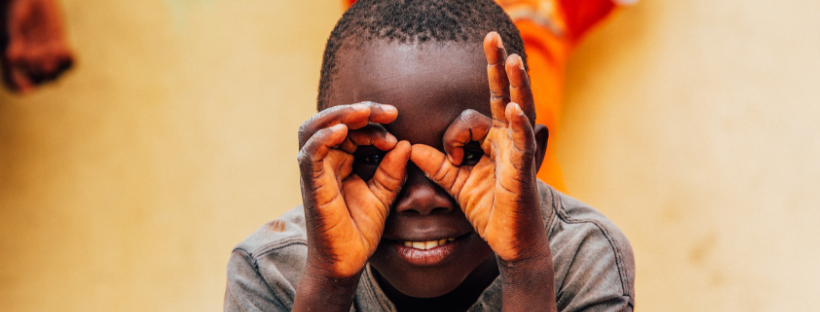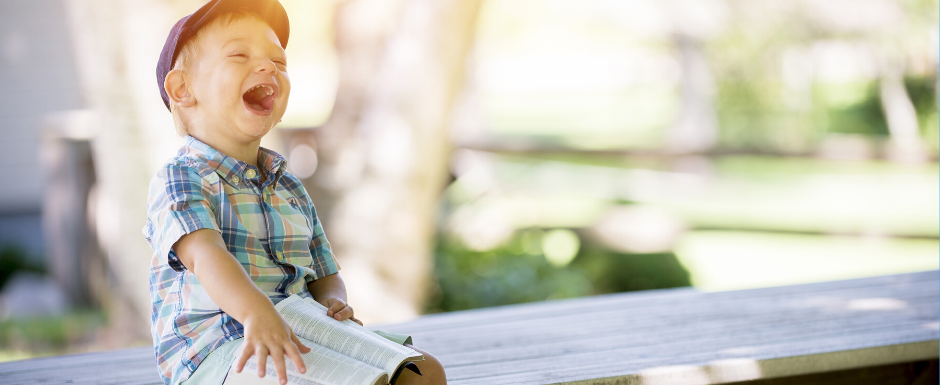.png)
After the pandemic and lockdowns, many preschools feel the pain to get up to speed again. The previous working methods seem outdated. A fresh start is needed, but the task is overwhelming and time is scarce. You need a systematic approach to get a lift for your teacher, children, and parents.
Take some time with your team to define or review your goals, values, and teaching methods in written form...
1. Learning goals & guidelines
This is an important, theoretical part of the curriculum. Pay attention to the quality of research you use and also to the accuracy of learning goals. Keep in mind that it is not necessary for children to accomplish a set of learning goals in a specific order, but at their own individual pace as we all are unique learners. Discuss these topics:
- Key elements of the national early learning standards
- Relevant and up-to-date research on childhood development
- Learning goals for children in each learning area
- Description of the group of children (needs, strengths, interests...)
- Introduction of the educators
2. Values, ethos & teaching
As much as children learn from teachers, teachers learn from children. In this section of the curriculum, discuss the values and ethos of your preschool or early learning center. Open up how you communicate with the children and families, what type of behavior and cooperation you value, how you plan the activities, and what drives your work community.
For example, Finland's National Core curriculum for ECEC defines values as follows:
- The intrinsic value of childhood
- Growth as a human being
- Rights of the child
- Equity, equality, and diversity
- Diversity of families
- Healthy and sustainable way of living.
Discuss and define the values that you stand behind and list them clearly in your curriculum along with the other important framework:
- Underlying values, ethos
- Communication styles with children and families
- Teaching styles
- Planning of activities
3. Learning environments
Imagine yourself as a child and look at the classroom from different perspectives: What can the child see and reach?

.png)
.png)

.png)
